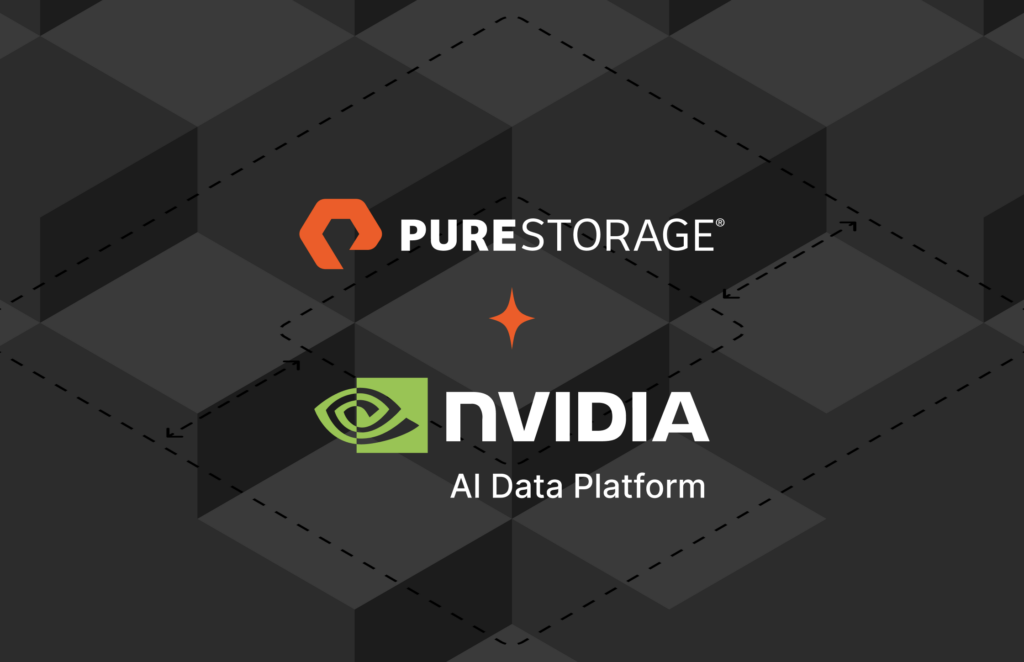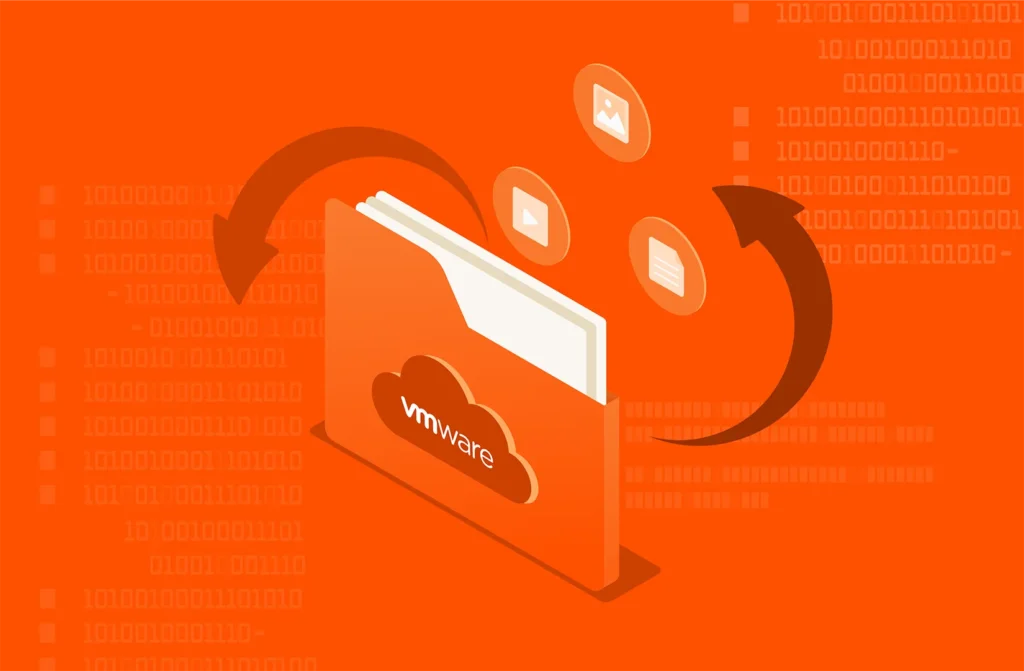 Think back to your most recent retail or online purchase experience. Was the transaction fast or did it take way too long? Was the process convenient? Did the merchant take the necessary steps to secure your transaction?
Think back to your most recent retail or online purchase experience. Was the transaction fast or did it take way too long? Was the process convenient? Did the merchant take the necessary steps to secure your transaction?
When you provided your card information to the merchant, it was just the initial step in a lengthy process to transfer your money in exchange for goods or services. The merchant’s payment processing terminal sent your card details to the merchant’s bank – also known as acquirer – either through an Internet connection or via phone line. Then the merchant bank sent those details on to the credit card network which cleared the payment and requested payment authorization from the issuing bank. A payment gateway connected your financial account to the merchant’s account. The issuing bank made sure you had adequate funds or credit, carried out a series of anti-fraud measures and sent an authorization code through the network to the merchant bank. As a last step, the merchant provided you the requested service or product along with a receipt. To deliver you an awesome customer experience, all of these authorization steps had to be completed in a matter of seconds!
Although your role in the transaction is now complete, there is still additional work for the merchant to finish. Usually, this takes place behind the scenes. As a batch job, the merchant will deliver all the information about his/her daily credit card transactions to the card network, which in turn requests payment from the card issuers, such as Mastercard or Visa. And finally, in the clearing stage, the transaction gets posted to your monthly credit card billing statement and the merchant’s statement.
All merchants depend on payment providers, typically financial institutions, to make payment processing “magic” happen flawlessly. It is fair to say that payment service providers make modern commerce possible. The payments industry itself is undergoing rapid technology-driven change and growth, about 10% in the US and 8% globally. Industry consolidation and new entrants are pushing competition and bringing the payment provider’s performance and solutions to the forefront. The payment experience has, in fact, become an ingrained part of the overall customer experience. No customer likes to wait, and merchants know a seamless payment process will keep their customers coming back. High application performance is a must. The customer is also putting their trust in the merchant (and hence the payment provider) to provide a secure and reliable system for each transaction. End to end encryption is, therefore, a must. Lastly, merchants also look for cost reductions in payment acceptance and other areas. Not meeting merchant and customer expectations will result in high merchant attrition rates. This would be a concern for any payment provider, due to the expense of finding and approving new merchants.
If there is one thing that can help payment providers retain and grow their merchant base, it is evaluating their information technology infrastructure, which is a critical piece of the puzzle. More often than not, payment providers must work to modernize their legacy payment platforms to keep up with the demands of modern payment processing, such as the proliferation of new gateways, mobile and P2P payments, increased security requirements, and a never-ending need for faster transactions.
Recently, The Strawhecker Group, experts in the electronic payments industry, looked at this very issue by researching various infrastructure options for payment platform upgrades. Their findings indicate that the best option for payment providers with the highest immediate and long-term return is an upgrade of their company’s storage system to one that can meet the above requirements.
To read more about these findings and additional recommendations, read the TSG whitepaper.





